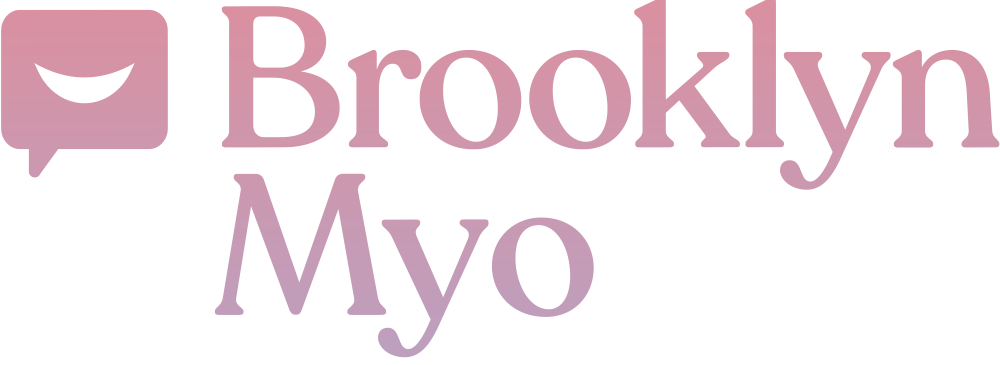Orofacial Myofunctional Therapy
Do any of these sound familiar?
“I can’t seem to sleep through the night. I wake up exhausted.”
“My child has been in speech therapy for so long, but he still doesn’t speak clearly.”
“My jaw hurts, no matter what I do. “
“My baby gags and chokes on his food. It’s so scary!”
“My husband snores so loudly at night, I can barely sleep!”
The Problem
Orofacial Myofunctional Disorders (OMDs) refer to the improper function of the facial muscles and structures.
OMDs can affect facial growth and development, chewing, swallowing, speech articulation, occlusion, oral hygiene, stability of orthodontic treatment, facial esthetics, sleep quality and more.
Most OMDs happen when patients form improper breathing habits. Their muscles and orofacial functions then adapt to the disordered breathing patterns, creating more OMDs.
This improper breathing can then negatively impact the chewing and swallowing functions. Correct swallowing depends on a proper relationship between muscles of the face, mouth and throat. To swallow properly, muscles and nerves in the tongue, cheeks and throat must work together in harmony.
Orofacial myofunctional therapy helps patients learn to strengthen and balance those muscles so they work together the way they're supposed to.
Find Your Balance
Our comprehensive and individualized program targets the causes of dysfunctional swallowing patterns and prolonged articulation issues that often persist despite years of traditional speech therapy.
This helps replace damaging oral habits with healthy ones that serve you long-term and balance the structures in the mouth.
Thus, you can regain the joy of eating, speaking, breathing, and even sleeping better.
Frequently Asked Questions
What are common symptoms of orofacial myofunctional disorders?
Often the most obvious symptom of incorrect oral posture involves the muscles of the face. A dull, sluggish appearance and full, weak lips develop when muscles aren’t operating normally.
What are the goals of OMT therapy?
The goals of orofacial myofunctional therapy include restoring nasal breathing, correcting chewing and swallowing patterns, and correcting oral rest posture.
What is a tongue thrust?
A tongue thrust is a dysfunctional swallowing pattern. It is the act of pushing the tongue against or between the teeth when swallowing.
Constant pressure from resting or incorrectly thrusting the tongue away from the hard palate may push teeth out of place and may later prevent teeth from erupting.
Why is mouth breathing problematic?
Mouth breathing or constantly open lips is a cause and/or signal of tongue thrust and low tongue rest posture. In addition, long-term mouth breathing can lead to a myriad of oral issues including crowded teeth, cracked lips, caries (or cavities), gum disease and more.
How long does it take to complete an OMT program?
In a best-case scenario, it can take 16-20 weeks to complete an orofacial myofunctional program, but the completion period varies based on different factors.
More Services
Consultations For Parents
Let’s be honest: managing your child’s services can feel like a full-time job. It can be confusing and overwhelming. It can make you wish you had someone to guide you in targeting your child’s goals. That’s what we’re here for.
Feeding & Swallowing Therapy
We take a holistic, family-centered, collaborative approach to help your child develop the sensory-motor skills required to support safe and effective eating and ensure they get adequate nutrition.
Treatment for Speech Sound Disorders
We work to increase our patients’ awareness of their speech errors and practice correct production of sounds. This enables clearer speech and the confidence necessary to employ new skills in the context of everyday life.


